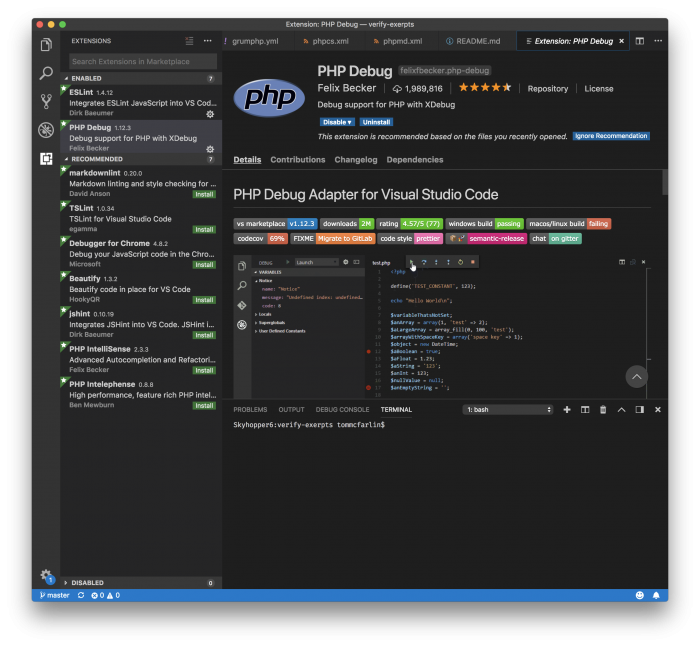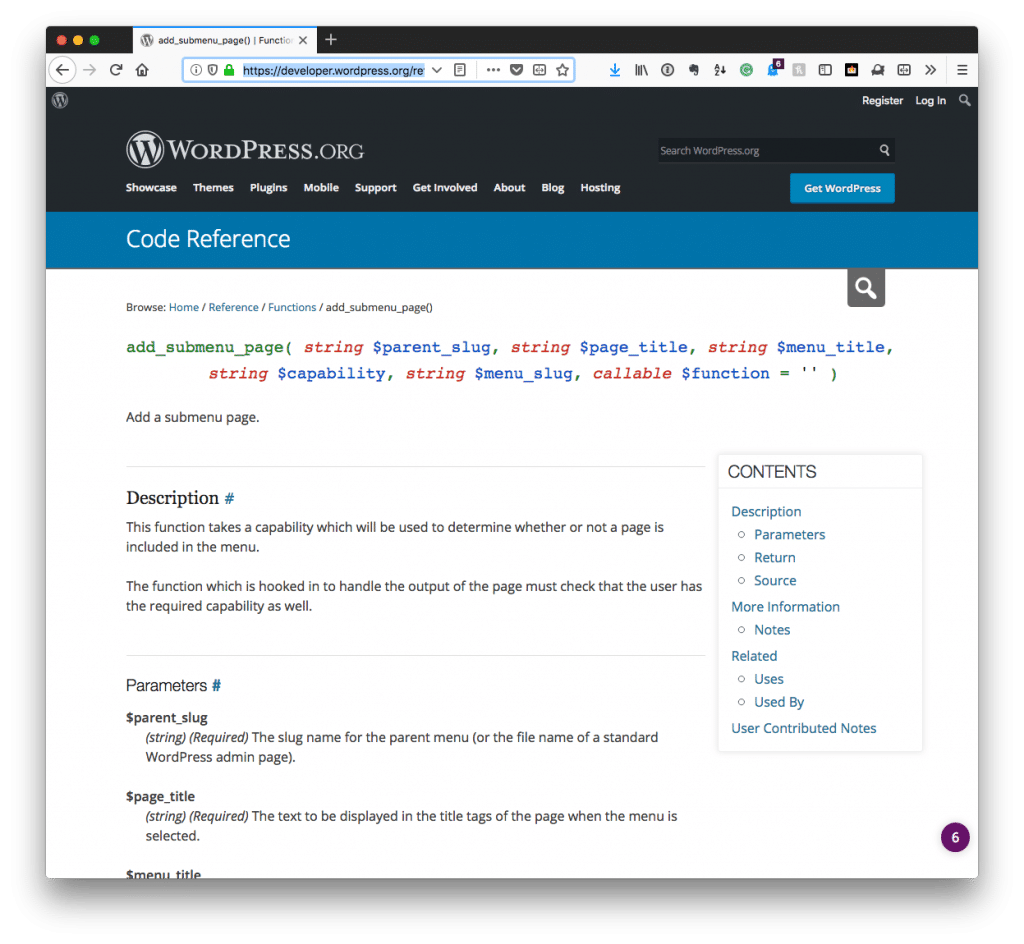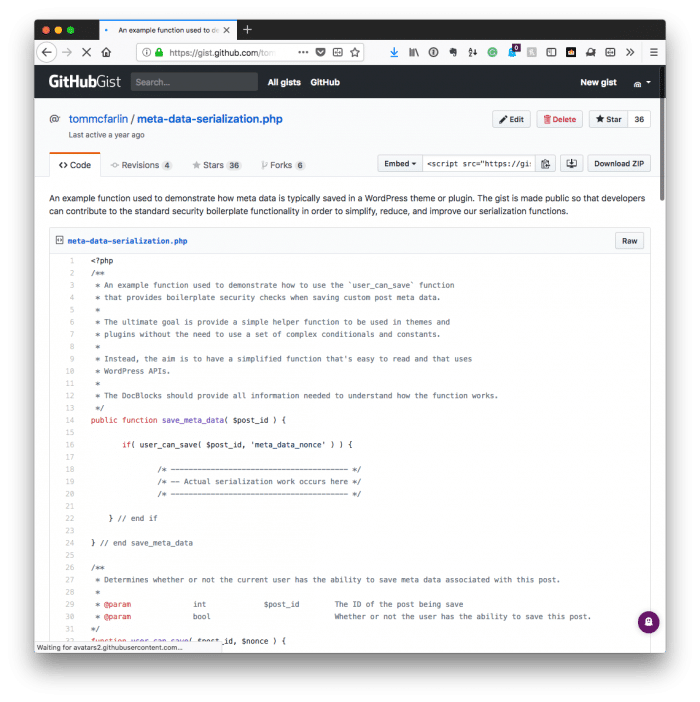I’ve talked about productivity and similar resources various times, though sparingly, since writing consistently for the past eight or so years this October (can’t believe it’s been that long).
Though I try to stay true to the whole slogan that I pronounce (that is, Practical WordPress Development), there are times that I like to share things that I think can’t help those involved in the industry that is tangentially related to software or web development.

And in this case, that’s what this post is about; however, I’m going to try to break it into two short reads. In short, the purpose of this is what it means to set a goal, how to go about achieving it, and how to do so both regarding working on self-employment, fitness, or otherwise, as well as how it relates to side-projects (and specifically programming).
I’ll start with the former, first.




